Roger Focus Ⅱ
Overview
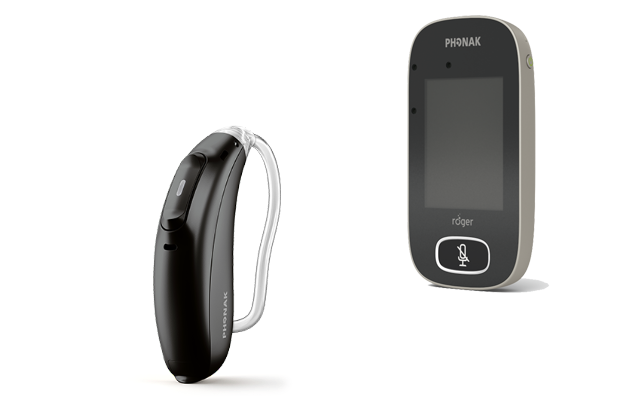
Enables children with normal hearing and unilateral hearing loss to be more attentive by bringing speech directly to their ears and reducing the effects of distance, background noise, and reverberation.

Enables children with normal hearing and unilateral hearing loss to be more attentive by bringing speech directly to their ears and reducing the effects of distance, background noise, and reverberation.
Speech recognition in noise is significantly improved for children with UHL 1,2, ASD 3,4 and APD 5 when using Phonak remote microphone technology, like Roger Focus II (compared to no technology).


Roger Focus II comes in a rechargeable model with 10 color options, and a 312 Zinc Air model (Roger Focus II-312) with 2 color options. Both models are compatible with SDS 4.0, including the 00-size SlimTube, making it suitable even for very small ears.

Volume can be set to suit individual needs, and then locked to ensure curious fingers don’t change the settings. Keeping batteries out of a child’s mouth is achieved via a tamperproof battery door. The tamperproof door is delivered with every Roger Focus II-312 (and can be mounted for those who need it). There is no battery door on the rechargeable Roger Focus II. An IP68* rating means that both models are reliable and robust enough for when life gets a bit wet.1

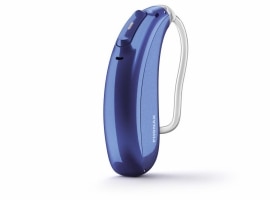
Compatible with all Roger microphones, and easily used alongside other technology — both inside and outside the classroom. Roger Focus ll boasts a one-click connection to the Roger microphone, and easily switches between paired microphones without needing to reconnect
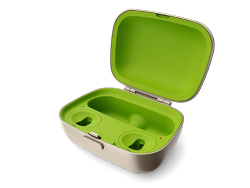
Roger microphone option necessary
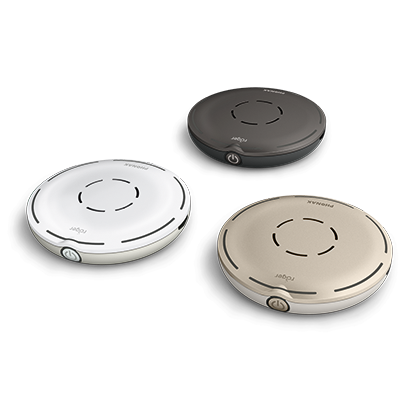
Wireless microphone that offers Roger technology which improves speech understanding in loud noise. Placed on a table, it allows clients to fully engage and feel at the heart of the conversation
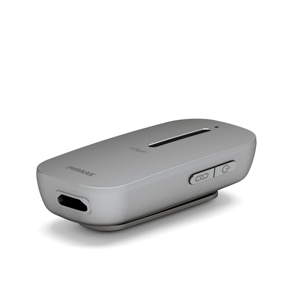
Small microphone designed for one-to-one conversations. Featuring a directional microphone, the user can focus on a conversation with their partner.

This exciting and easy to use wireless teacher microphone is the core component of the Roger for Education portfolio.
Resources
1 Thibodeau, L. (2014). Comparison of speech recognition with adaptive digital and FM wireless technology by listeners who use hearing aids. American Journal of Audiology, 23(2), 201-210
2. Rance, G. (2018). Remote microphone listening devices for adults and children with unilateral hearing loss. Phonak Field study news. Retrieved from www.phonakpro.com/evidence, accessed February 2021.
3. Rance. G., Chisari, D., Saunders, K. and Rault, J.L. (2017). Reducing Listening-Related Stress in School-Aged Children with Autism Spectrum Disorder. Journal of Autism and Developmental Disorders, 47(7), 2010–2022.
4. Schafer, E., Gopal, K., Mathews, L., Thompson, S., Kaiser, K., McCullough, S., Jones, J., Castillo, P., Canale, E. and Hutcheson, A. (2019). Effects of auditory training and remote microphone technology on the behavioral performance of children and young adults with Autism Spectrum Disorder. Journal of the American Academy of Audiology. 30(5), 431–43.
5. Kristin N. Johnston, Andrew B. John, Nicole V. Kreisman, James W. Hall III & Carl C. Crandell (2009) Multiple benefits of personal FM system use by children with auditory processing disorder (APD), International Journal of Audiology, 48:6, 371-383